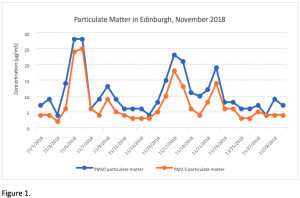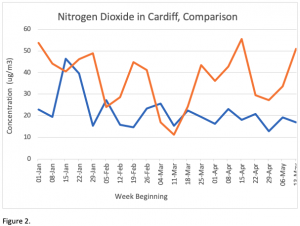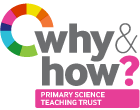Climate Change & Air Pollution – sharing scientific evidence with primary children – why & how we should do this.
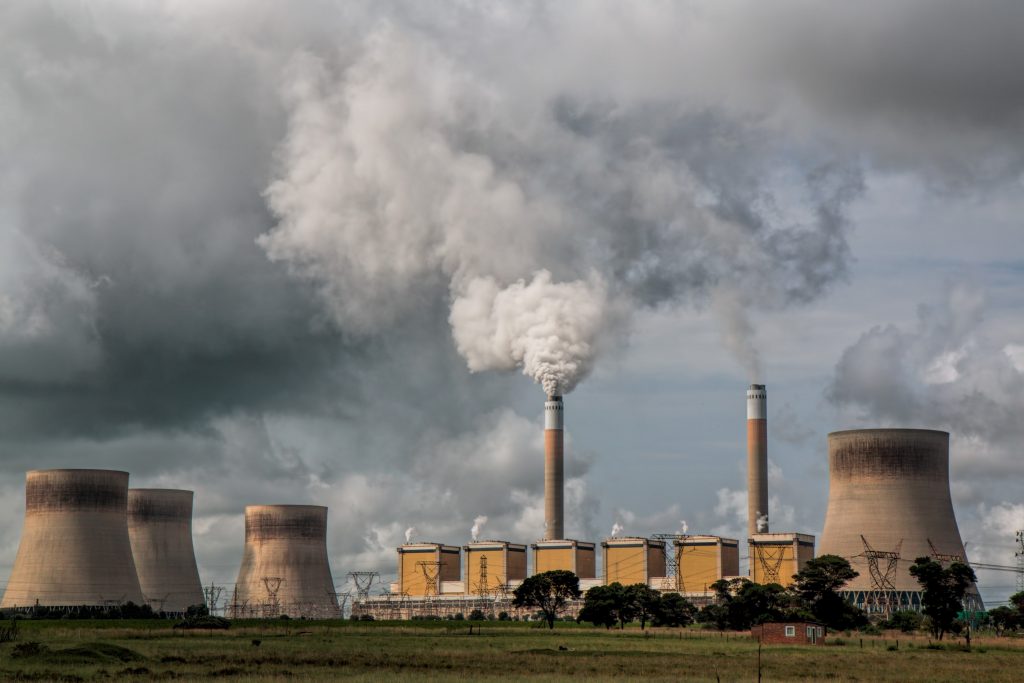
Climate change and surface air quality are two of the most pressing global concerns as we move through the 21st Century. Children will be affected in the future by decisions that governments make now.
In this blog, PSTT Website Resources Developer and Area Mentor Dr Alison Trew presents two arguments in favour of teaching primary children about climate change and share a new Primary Science Teaching Trust resource which will support teachers to do this.
Firstly, 97% (or more) of actively publishing climate scientists agree that global warming is extremely likely due to human activities (such as burning fossil fuels).1 A youth-led campaign, Teach the Future,2 argues that learning about the climate emergency and ecological crisis should be a compulsory part of teacher training courses (as is the case in Scotland) and is calling for this to be detailed in the Government’s teacher standards for England and the Initial Teacher Training (ITT) Content Framework. It is interesting that the English curriculum for primary science3 suggests that: teachers might like to teach children about famous historical scientists (non-statutory guidance) but does not mention teaching children about cutting-edge science; pupils should use the local environment to explore and answer questions about plants and animals growing in their habitat, but there is no mention of environmental change; pupils should be taught to identify how animals and plants are adapted to suit their environment in different ways and that adaptation may lead to evolution, but does not mention endangered species. However, in the same document, one of the stated aims is that, all pupils are equipped with the scientific knowledge required to understand the uses and implications of science, today and for the future. To do this effectively, I consider climate science is an important part of primary children’s education.
Secondly, whilst I am inclined to believe most climate scientists, there are others that have different opinions. Donald Trump, President of USA, has tweeted on many occasions the view that climate change is ‘mythical’ or a ‘hoax’ and suggested that the cold weather disproves climate change. Who are the public to believe? As we grow older, we understand that there can be more than one interpretation of the facts and we consider and evaluate the information we receive (news feeds, social media, publications, etc.) for ourselves. Children have less experience and without encouragement and opportunity to question and to consider a body of evidence, tend to believe what they read and hear is the truth. As educators, we are responsible for equipping children with the skills to interpret and evaluate data so that they can make informed decisions, but this can be difficult in the primary sector. Where can teachers access real scientific data? Is the data presented in a form that is suitable for primary age children with developing maths and statistics skills? I believe that children should be taught to evaluate real situations and real data to develop the skills they will need later in life.
The Primary Science Teaching Trust has created a new resource, Air Pollution Research, to support primary teachers who are interested in climate change and want to explore the topic of air pollution with children. This new resource is designed to allow primary children (ages 9-11) to investigate atmospheric pollution using real scientific data from the UK Air Data Archive. The UK Air Data Archive, one of the most extensive in the world, is run by the Department for Environment, Food and Rural Affairs (Defra), a UK Government department. It contains some 400 million data points.
The new resources have been developed by Professor Dudley Shallcross (University of Bristol), Tim Harrison (Bristol ChemLabS) & Dr Alison Trew (PSTT Fellow) and all are freely available to download form the PSTT website. Teachers will find:
- Classroom presentations which introduce atmospheric pollution and real data (in the form of tables and graphs) from cities around the UK and a clean air site. There are notes with each slide which give background information and the answers to questions that you might ask the children.
- Pre-prepared data sets, extracted from the UK Air Data Archive, for different cities and years, for children to carry out their own investigations. For example, what is the most polluted day and cleanest day in one of the capital cities?
- Guidance on using the UK Air Data Archive to allow teachers and children to interrogate the UK Air Data Archives themselves and investigate levels of air pollutants in their area.
- Meet the scientist profiles which introduce modern climate scientists.
- Background reading for interested teachers.
- Writing tasks linked to air pollution.
- A COVID-19 data example: A special ‘stand-alone’ classroom presentation provides a brief look at levels of air pollutants in cities around the UK before and after the COVID-19 lockdown was introduced.
The resources will enable children to: appreciate the sources of air pollutants, the impact of air pollutants and why scientists measure air pollutants; explore what the data looks like through plotting graphs, interpreting line graphs and scatter graphs; interpret trends in data from different cities in the UK; and mostly importantly use real scientific data to answer questions. As it is possible for teachers and children to delve into the database to investigate pollutant levels in their area and across the UK, the resource also provides a great starting point for a citizen science project.
There are many potential and exciting investigations that can be undertaken.
For example, What is the most polluted day? Figure 1 shows Particulate matter (PM10 and PM2.5) in Edinburgh during November 2018. The most polluted days are 5th and 6th November. This is probably due to bonfire parties.
Have levels of air pollutants in the UK changed during the COVID-19 lockdown?
Figure 2 shows the comparison of mean average weekly data of nitrogen dioxide concentrations from 1st Jan to 14thMay in 2019 (orange line) and in 2020 (blue line) from the monitoring site at Newport Road, Cardiff. Before the COVID-19 lockdown there is a lot of variation in nitrogen dioxide levels in both years. After lockdown in 2020, the levels of nitrogen dioxide are lower than in the same period in 2019 and much less variable. This is most likely to be because from 23rd March 2020, people were not able to drive to work and most factories closed.
Whilst the archives can be accessed to answer children’s own questions, the resource provides many ideas to help teachers encourage children to talk about the causes and effects of air pollution and also provides a structured approach to help children analyse data presented to them.
Teachers or anyone interested in exploring this new PSTT resource should go to the PSTT website:
https://pstt.org.uk/resources/curriculum-materials/citizen-science-air-pollution
Other refs: (all accessed on 5.6.20)
- Scientific Consensus: Earth’s Climate is warming. NASA https://climate.nasa.gov/scientific-consensus/
- Teach the Future https://www.teachthefuture.uk/
- National curriculum in England. Science Programmes of study: key stages 1 and 2 https://assets.publishing.service.gov.uk/government/uploads/system/uploads/attachment_data/file/425618/PRIMARY_national_curriculum_-_Science.pdf
Back to blog
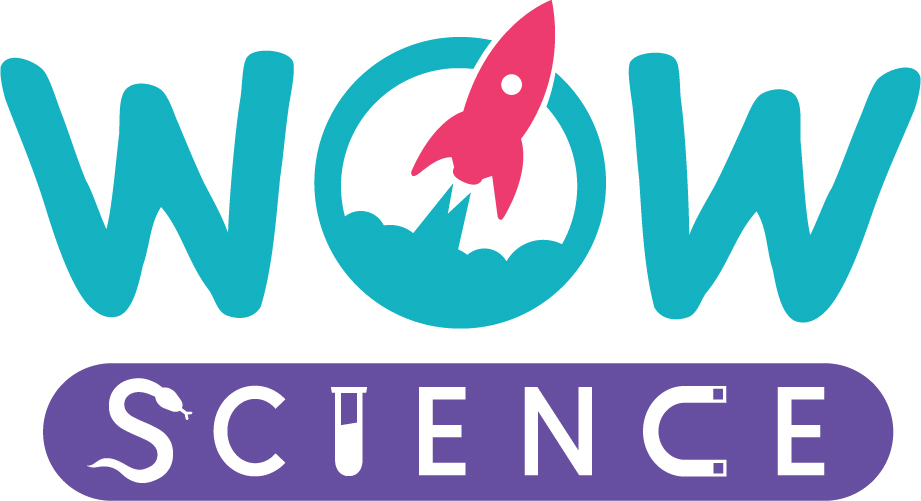


 QUICK
QUICK
 MEDIUM
MEDIUM LONG
LONG
